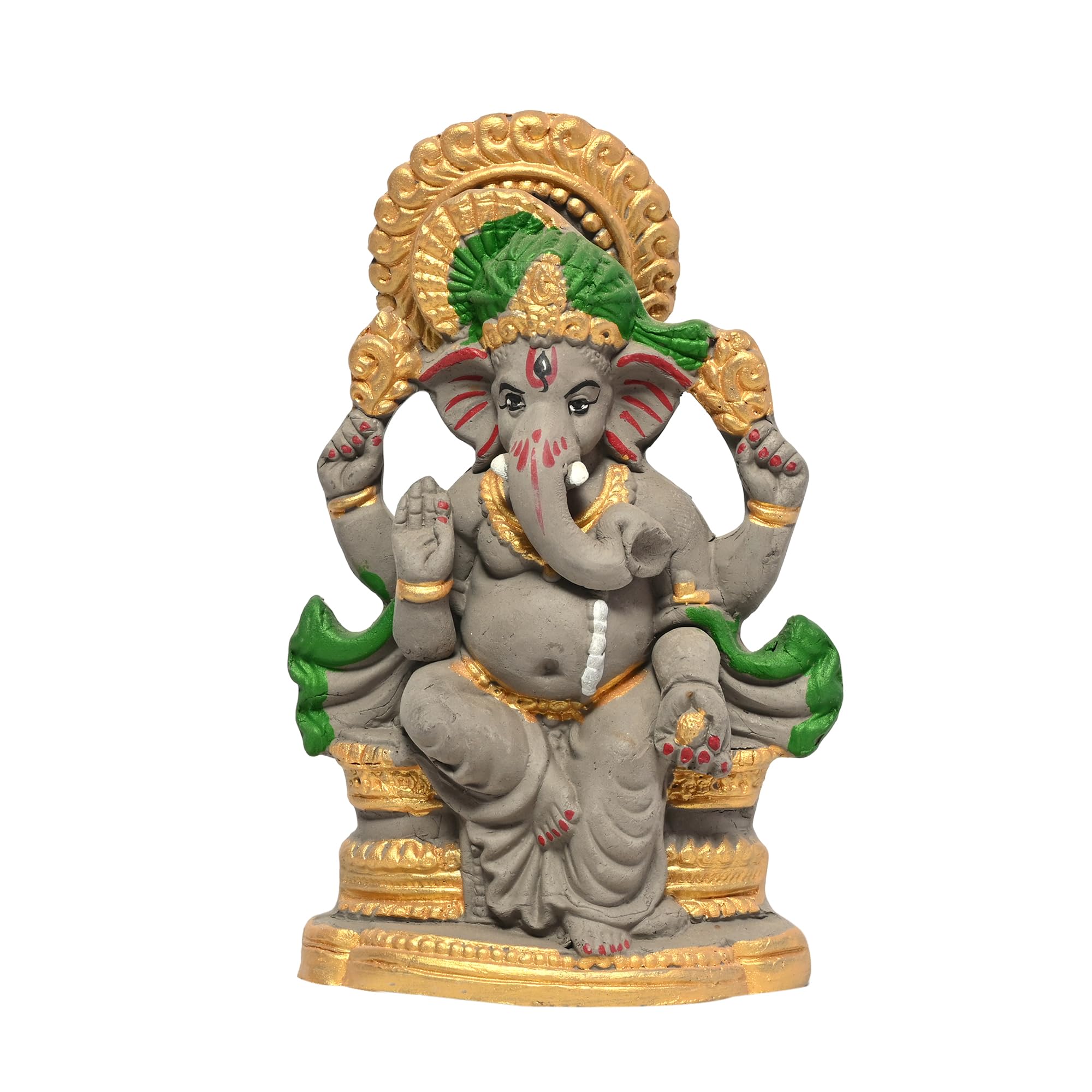Crafting Eco-Friendly Ganpati Idols at Home: A Step-by-Step Guide

Introduction
Ganesh Chaturthi, a joyous Hindu festival celebrating the birth of Lord Ganesha, often involves the tradition of bringing home beautifully crafted idols of the elephant-headed deity. While this tradition is deeply rooted in our culture, it’s crucial to adapt it to modern environmental concerns. One way to do this is by crafting eco-friendly Ganpati idols at home. This not only allows you to express your creativity but also contributes to a sustainable celebration.
In this comprehensive guide, we will walk you through the step-by-step process of making eco-friendly Ganpati idols at home using readily available materials. By following these methods, you can embrace tradition while minimizing the environmental impact.
Materials Required
Before we dive into the crafting process, let’s gather the materials you’ll need:
- Eco-friendly clay or natural clay: Choose clay that is free from harmful chemicals and is biodegradable.
- Water: To make the clay pliable for sculpting.
- Basic sculpting tools: Such as a rolling pin, spatula, knife, and sculpting tools.
- Newspaper or cardboard: For creating a base and supporting structure for the idol.
- Natural colors: Opt for water-based or vegetable-based colors that are eco-friendly.
- Natural decorations: Consider using materials like leaves, twigs, or flowers for added ornamentation.
Step-by-Step Guide
Now, let’s walk through the process of creating your own eco-friendly Ganpati idol:
Step 1: Design and Sketch
Begin by sketching the design of your Ganpati idol. Decide on the size and pose you want for your idol. This initial sketch will serve as your blueprint throughout the crafting process.
Step 2: Preparing the Base
To provide stability to your idol, create a base using newspaper or cardboard. Shape it into a stable platform for your idol to stand on.
Step 3: Preparing the Clay
Knead the clay thoroughly, adding water as needed to achieve a pliable consistency. Ensure the clay is free of air bubbles and is easy to work with.
Step 4: Sculpting the Idol
Begin sculpting the various parts of Lord Ganesha’s body, including the head, trunk, body, and limbs. Pay attention to details like the eyes, ears, and the iconic elephant head. Use sculpting tools for precision.
Step 5: Attaching the Parts
Join the sculpted parts together using a little water and clay as adhesive. Smooth out any seams or rough edges to create a seamless look.
Step 6: Allowing it to Dry
Place your idol in a cool, dry place to air-dry. This may take several days, depending on the size of your idol. Ensure it dries uniformly to avoid cracking.
Step 7: Painting and Decorating
Once your idol is completely dry, use natural colors to paint it. Traditional colors like red, yellow, and green can be used. Add natural decorations like flower garlands, leaves, or twigs for a more eco-friendly touch.
Step 8: Concluding Touches
Before placing your idol in your home shrine, perform a small puja to consecrate it and seek Lord Ganesha’s blessings. This step adds a spiritual element to your creation.
Caring for Your Eco-Friendly Ganpati Idol
To ensure the longevity of your eco-friendly Ganpati idol, store it in a cool, dry place when not in use. Avoid exposing it to moisture or direct sunlight, as these can cause damage over time.
Conclusion
Crafting your own eco-friendly Ganpati idol at home is a meaningful and sustainable way to celebrate this cherished festival. By using natural materials and following eco-conscious practices, you not only honor tradition but also contribute to the preservation of our environment. Embrace the joy of creativity, spirituality, and sustainability by incorporating these steps into your Ganesh Chaturthi celebrations. May Lord Ganesha bless your home with prosperity and happiness, and may your efforts inspire others to adopt eco-friendly practices in their festivities.



